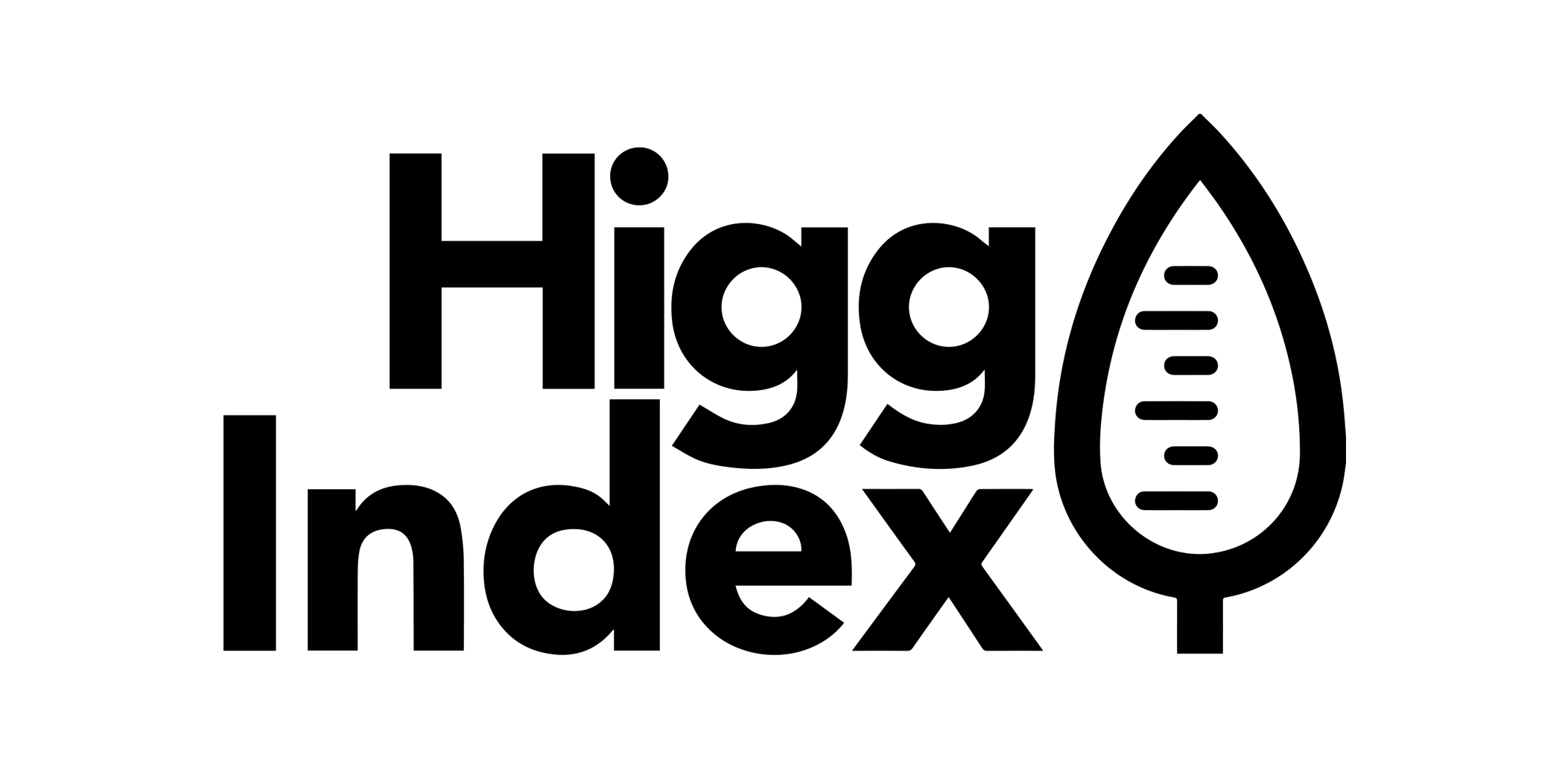WHERE WE ARE NOW
Here’s a breakdown of our carbon footprint for FY2023:
In order to monitor and manage our progress against our science-based targets (see Our Commitments), we’ve quantified our annual carbon footprint every year. We’ve calculated this in accordance with the GHG Protocol Corporate Standard against an operational control boundary. FYI, we’ve only included the scope 3 categories that are applicable. For more info, take a look at our disclosures.
WHAT WE're DOING ABOUT IT
One of our goals is to reduce environmental impact. So that’s what we’re going to do.
This is what we’re doing to minimise our carbon footprint in key areas.
Product materials
We’re developing Preferred Fibres guidelines. This makes sure that at the design stage, materials with a lower carbon impact are preferred. We’ve increased the proportion of recycled fibres in our products in each of the last three years.
PRODUCT MANUFACTURE
We’re working towards analysing our supply chain fuel mix, with the goal to phase out combustion of thermal coal from our supply chain by 2030.
Logistics
We’re working closely with new inbound logistics partners to reduce unnecessary miles and avoid air freight. As part of this we receive tailored carbon reports each month to monitor our progress. By establishing new DCs in Australia and the US, we’ve built a more local distribution network in these areas, removing the need to fly over goods from Europe.
End of life
We’ve teamed up with Thrift+ to help give a second life to your unwanted clothes.
HOW WE MEASURE OUR IMPACT
This then helps them to make targeted improvements that protect the environment, local communities, and factory workers. It also helps businesses to be more transparent by releasing their sustainability info publicly.
FEM is one of the tools in the Higg Index, and it stands for the Facility Environmental Module. Using this, we look closely at each facility involved at every stage in the creation of our products.
The Higg FEM standardises the measurement of environmental performance each year across these areas:
- Environmental management
- Energy use & greenhouse gas emissions
- Water use
- Waste water
- Emissions to air
- Waste management
- Chemical management
Once we’ve measured our environmental performance, we work closely with our supply chain partners, using the data to work out which areas of improvement we should focus on. We also use the data to support discussions with any future partners, too.

